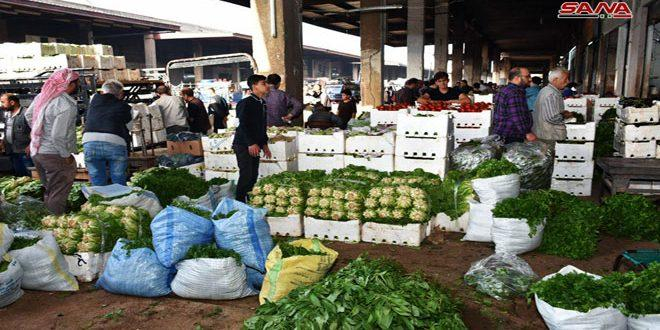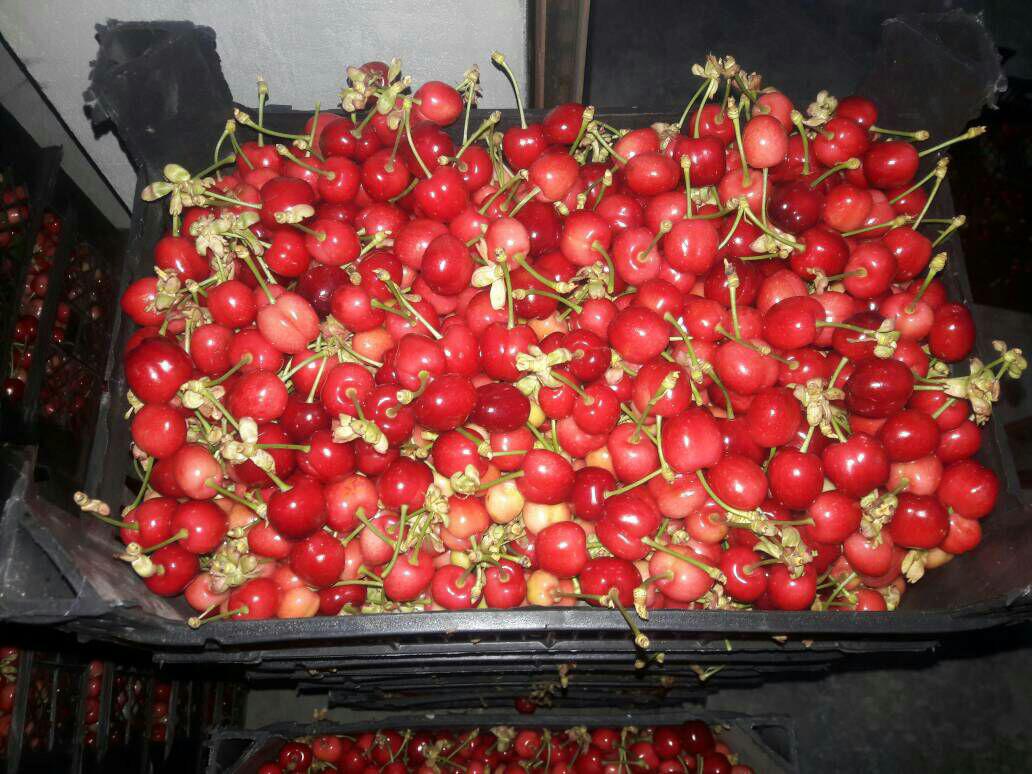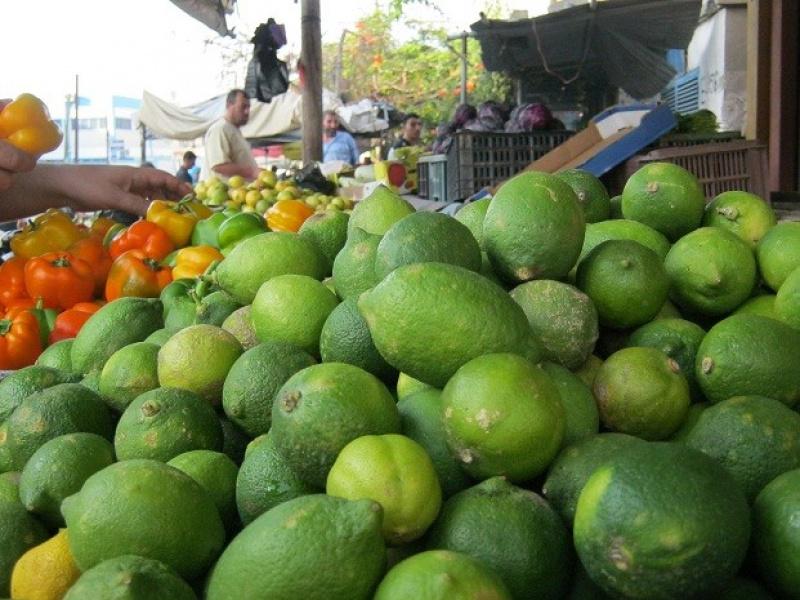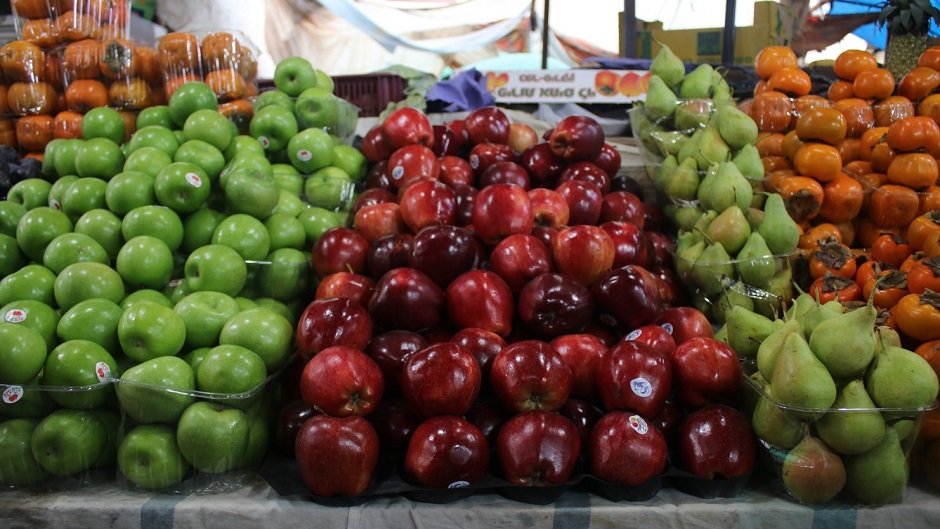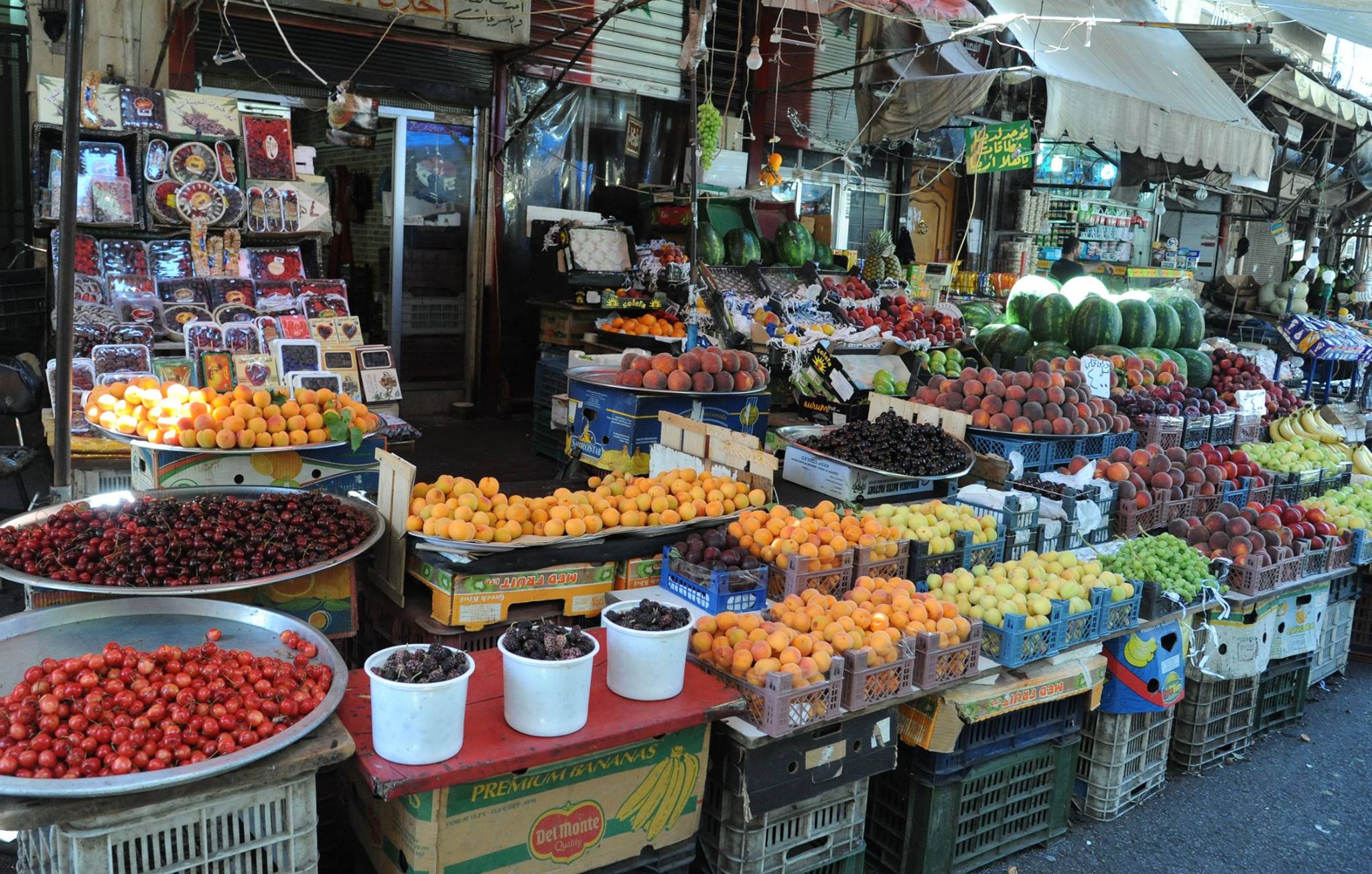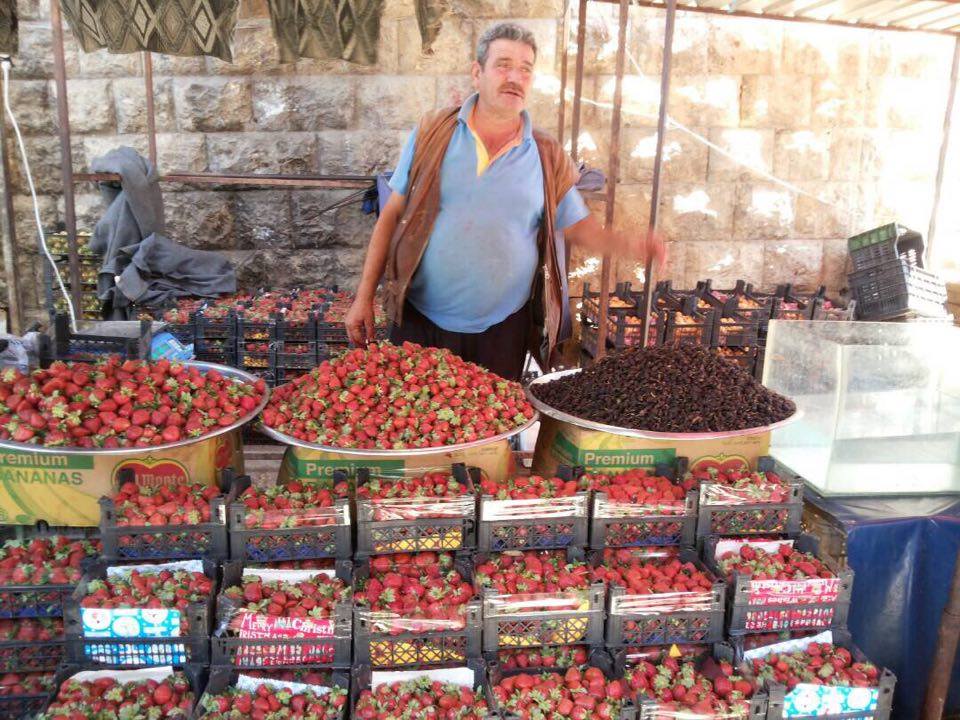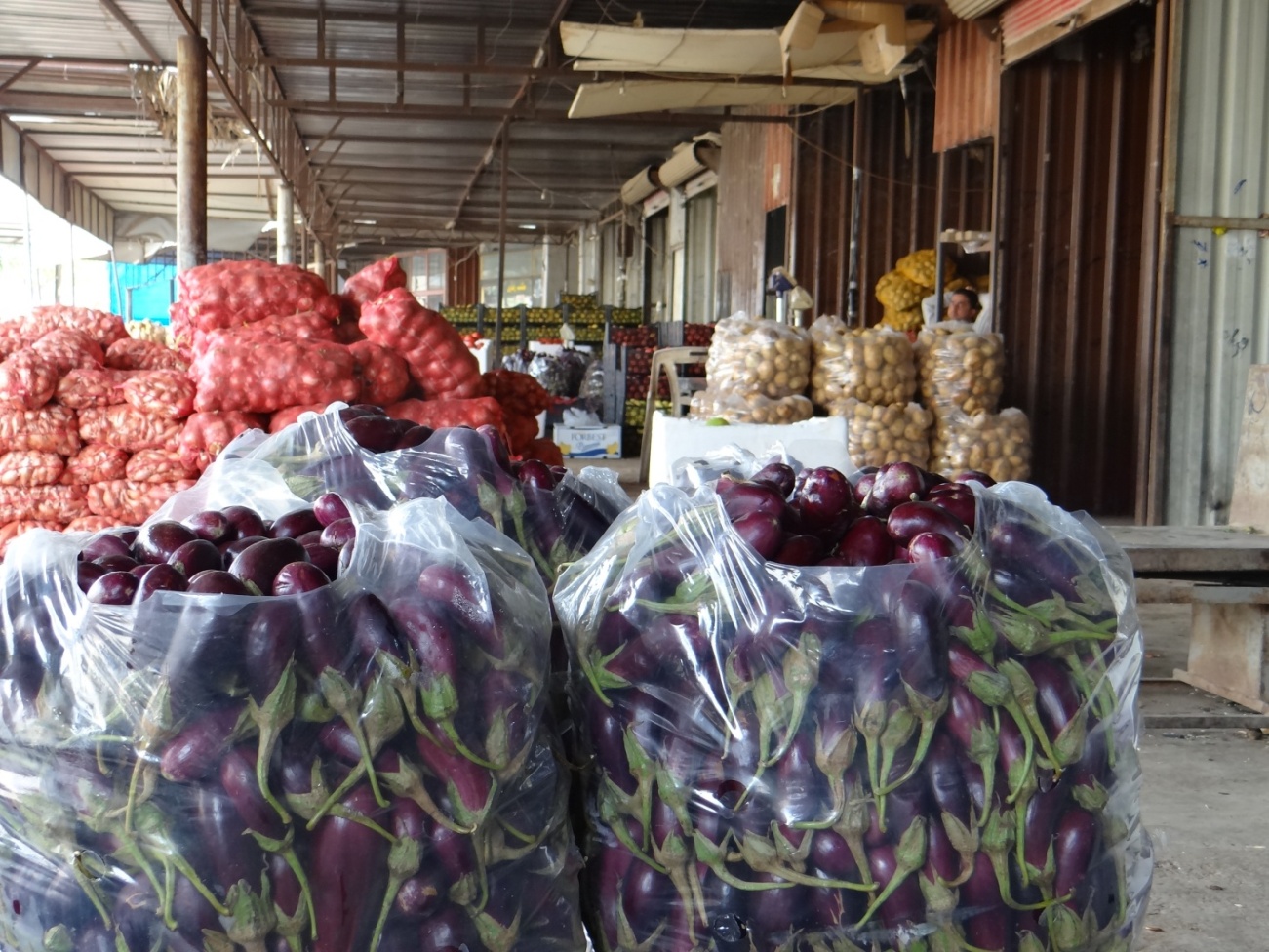


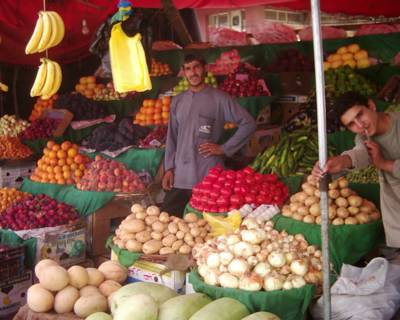
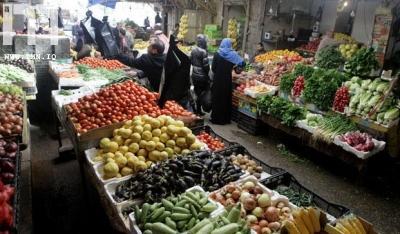


سوق الهال

سوق الهال هو أحد أسواق مدينة دمشق، يقع بين سوق ساروجا وشارع الملك فيصل أقيم بين السنوات 1928- 1930م، تمت تسميته تيمناً لوجود سوق الهال الموجود بباريس، وهو سوق الفواكه والخضار الرئيسي لمدينة دمشق، تم نقله إلى مشيدات حديثة في منطقة الزبلطاني أواخر الثمانيات حيث يطلق عليه اليوم سوق الهال الجديد [1].
food to charities instead of dumpsters
Italy joins growing list of countries looking to end food-waste
Italy is introducing a series of incentives to end food waste. Instead of throwing away leftover food, Italy wants businesses that sell food to donate unsold to charities rather than throw it away.
The environmental, economic and moral benefits are so clear that the bill received broad support across all political parties and is speeding through the approval process. The next step will be getting businesses to comply, providing some sort of nudge to change the current model of careless waste.
Other countries such as France are nudging businesses in the form of a steep fine.
Italy is taking a different approach. Instead of imposing penalties, the country will give garbage collection tax breaks to businesses that take part in the initiative. All food donated by businesses has to be recorded so the tax break will be easy to implement.
Currently, the country spends more than $13 billion USD on waste management.
Through this latest bill, legislators want to cut down on expenses. Ultimately, they want to recover 1 billion tonnes of excess food in 2016, up from last year’s total of 550 million tonnes.
It’s an ambitious number, but the food recovery movement is rapidly maturing. People throughout societies from Europe to the US are eager to get involved.
A French politician is looking to pass an EU-wide proposal to end food waste in all member countries.
As he told The Independent, “The problem is simple – we have food going to waste and poor people who are going hungry.”
The Danes seem to be the most ardent supporters of the movement, with some people even preferring to shop at “food waste” stores rather than regular grocery stores.
And chefs around the world–the arbiters of taste–are experimenting with food waste menus to remove the stigma.
Giving away “food waste” might strike some as denigrating to the poor and homeless, because it suggests that they don’t deserve quality food. But the vast majority of “food waste” around the world is perfectly edible by the time it hits a dumpster.
For instance, if white rice is mis-labeled basmati rice, it’s food waste. If a vegetable is misshapen it’s food waste. If a cereal box has a tear, food waste. A can with a ripped label also food waste. A bruised fruit, yup, food waste.
Food is wasted at all parts of the supply chain: at the agricultural level, while it is being handled and stored, while it is being processed, when it arrives at a grocery store and after it is purchased by consumers.
Each part of the supply chain calls for a different approach to reducing waste, but the lowest hanging fruit is clearly distribution to consumers. This food has arrived at an organized location and is constantly monitored and prevented from going bad. Encouraging businesses to mark excess food for delivery to charities instead of dumpsters is an easy fix.


